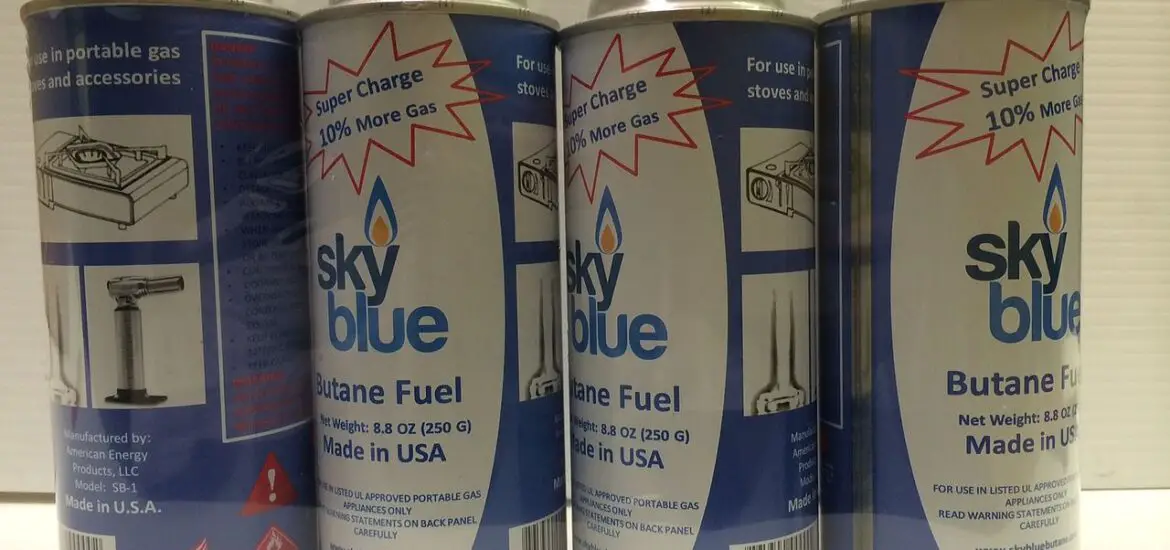Refrigerant can tap – it’s a phrase that might not make much sense unless you’re knee-deep in the HVAC world. But boy, does it pack a punch in the realm of cooling systems! It’s a tool that takes on a vital role, and by the end of this read, you’ll be all too familiar with its importance.

Table of Contents
Brief Overview
So, what exactly is a refrigerant can tap? It’s a handy little tool that helps you extract refrigerant from the can it comes in. Yep, it’s that simple! But its simplicity belies its importance – it’s the gatekeeper, the mediator between the refrigerant can and the HVAC system that needs the refrigerant juice.
Understanding the Concept
What is a Refrigerant Can Tap?
Picture this: A tiny tool, typically made of metal, designed to break open the refrigerant can and control the flow of refrigerant out of it. That’s your refrigerant can tap. It’s like a tiny bouncer controlling the flow of the party-goers into the club, in this case, the club being your refrigerant system. Neat, isn’t it?
Key Components
Okay, so the refrigerant can tap isn’t a one-trick pony. It’s made up of several parts, each playing a crucial role. There’s the valve, the connector, and the piercing pin, and each has its own job in making the magic happen. Ain’t teamwork grand?
How Does It Work?
So how does this little dynamo do its job? Well, you screw it onto the refrigerant can, and when you twist the handle, the piercing pin punctures the can. Twist the handle the other way, and voila, you control the refrigerant flow. It’s a dance, a two-step if you will, between the tap and the refrigerant can.
The Process of Tapping a Refrigerant Can
Now, let’s break down this dance, step-by-step. First, you attach the can tap to the refrigerant can. Then, you twist the handle to puncture the can. Once that’s done, you connect the tap to the HVAC system or the refrigerant container, and finally, you adjust the flow. And there you have it, tapping a refrigerant can, plain and simple.
To read more articles on refrigerants, click here: Articles on Refrigerants: The Ultimate Guide to Understanding Them
Types
Just like flavors of ice cream, there are different types of refrigerant can taps. And each has its own unique twist!
Self-Sealing Refrigerant Can Taps
Self-sealing refrigerant can taps – they’re the cream of the crop. Once the refrigerant can is empty, these guys automatically seal the can back up. It’s like having a personal butler that cleans up after you. Handy, right?
Puncture-Style Refrigerant Can Taps
Puncture-style refrigerant can taps, they’re the old school types. They punch a hole right into the top of the can. It’s a bit more of a manual process, but hey, some folks like to do things the traditional way!
Side Punch Refrigerant Can Taps
Side punch refrigerant can taps are the mavericks of the group. They buck the trend and punch a hole in the side of the can instead of the top. A bit unconventional, but they get the job done just as well!
Refrigerant Can Tap Valve: Understanding its Role
The valve on a refrigerant can tap is like the maestro conducting an orchestra. It controls the flow of the refrigerant, making sure it hits all the right notes.
Working Mechanism
How does this maestro work its magic? Simple! When you turn the handle, it moves the valve, opening or closing the passage for the refrigerant. It’s like turning a faucet on and off. Simple, but effective.
Importance of a Refrigerant Can Tap Valve in Refrigerant Can Taps
Why is the valve so important? Well, without it, the refrigerant would flow out unchecked, like a river without a dam. The valve keeps everything in check, making sure the flow is just right. It’s the heart of the refrigerant can tap.
Safety Considerations
With great power comes great responsibility, and that applies to using a refrigerant can tap too. Safety is paramount, folks!
Handling Refrigerant Can Taps
First things first, always wear safety gloves and goggles. You’re dealing with refrigerant here, and it’s not something to be taken lightly. And remember, take your time. Rushing can lead to accidents, and no one wants that!
Maintenance
Keeping your can tap in tip-top shape is crucial. Regular cleaning and proper storage can extend its life and keep it working smoothly. It’s a bit like caring for a pet – give it some love, and it’ll serve you well.
Conclusion
So, there you have it, folks. The refrigerant can tap – a small but mighty tool in the HVAC world. It’s more than just a metal thingamajig; it’s the gatekeeper, the conductor, and the safety officer all rolled into one. Understanding and using it correctly is key, and now, you’re well on your way to mastering it. Keep cool, folks!